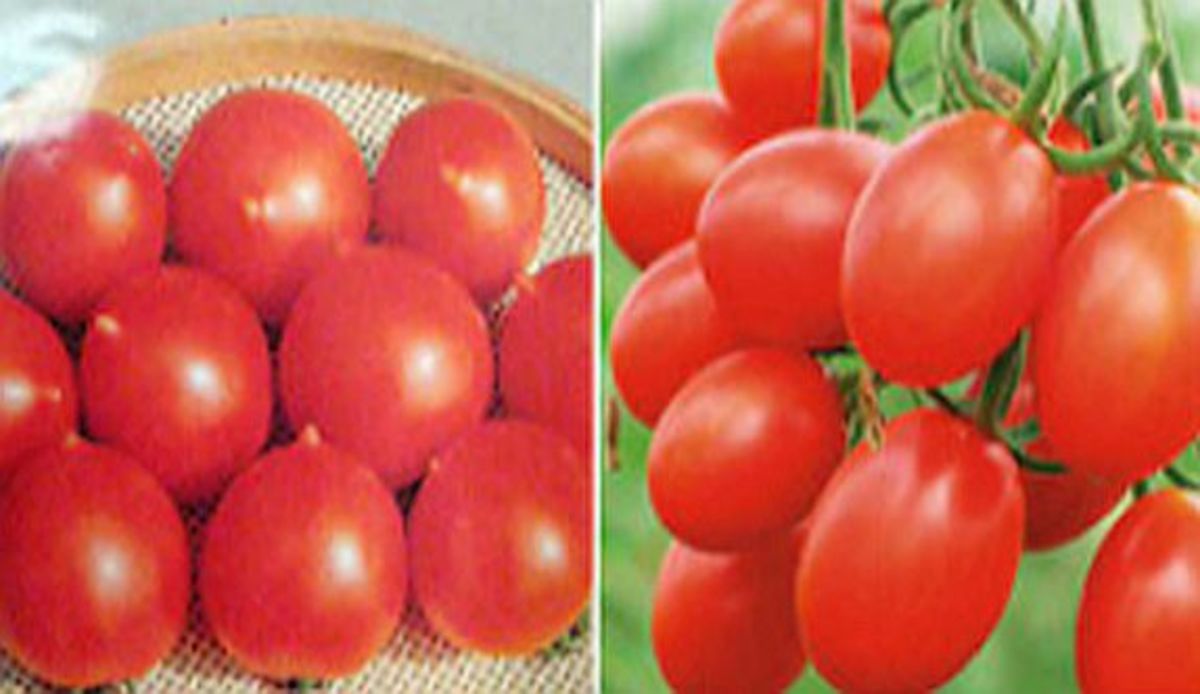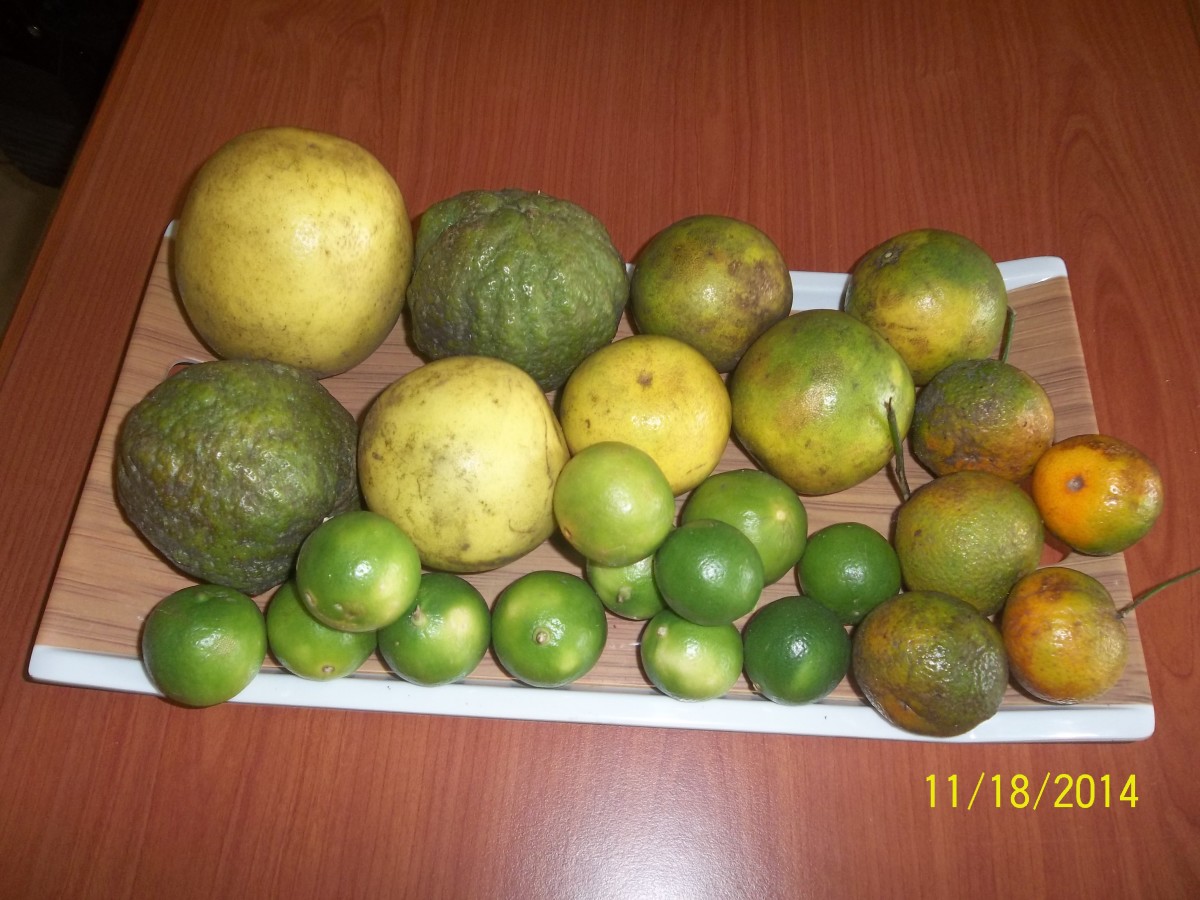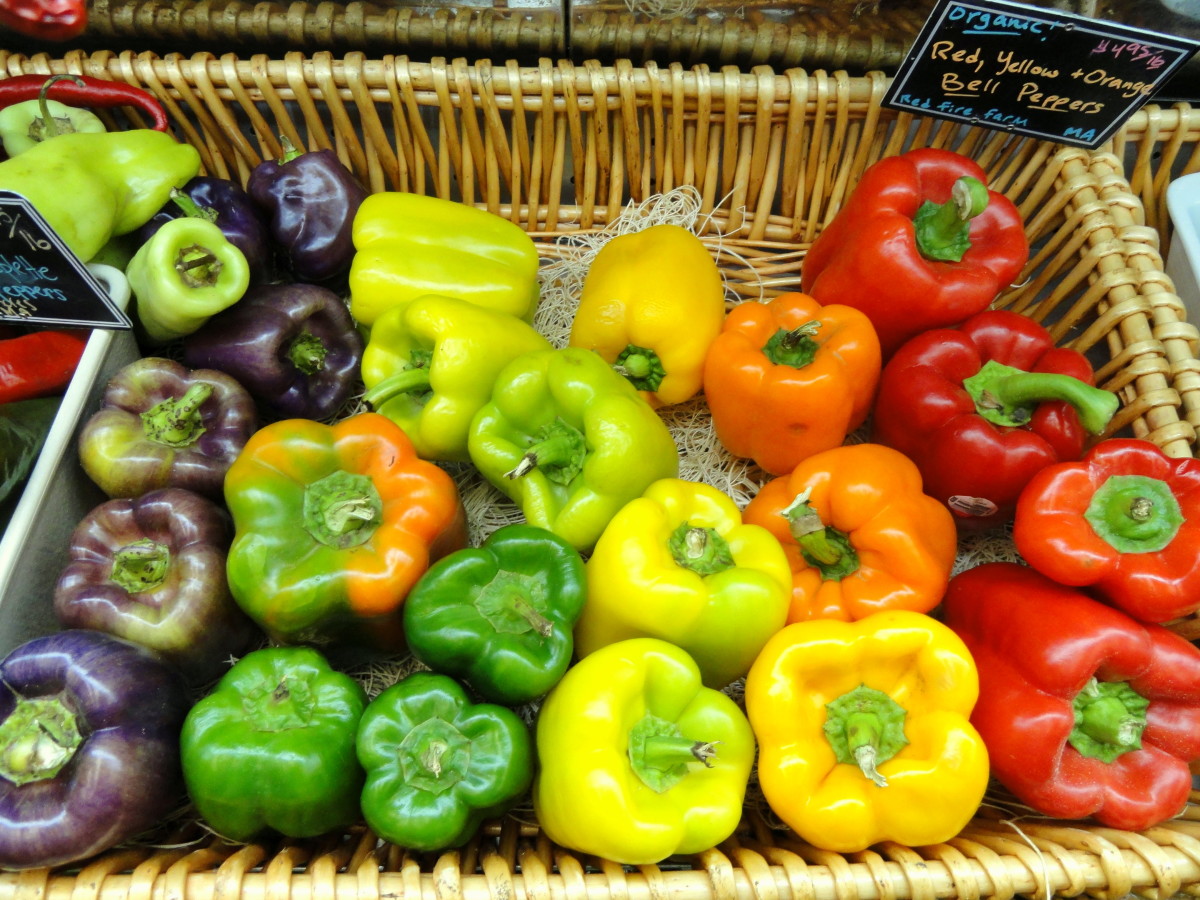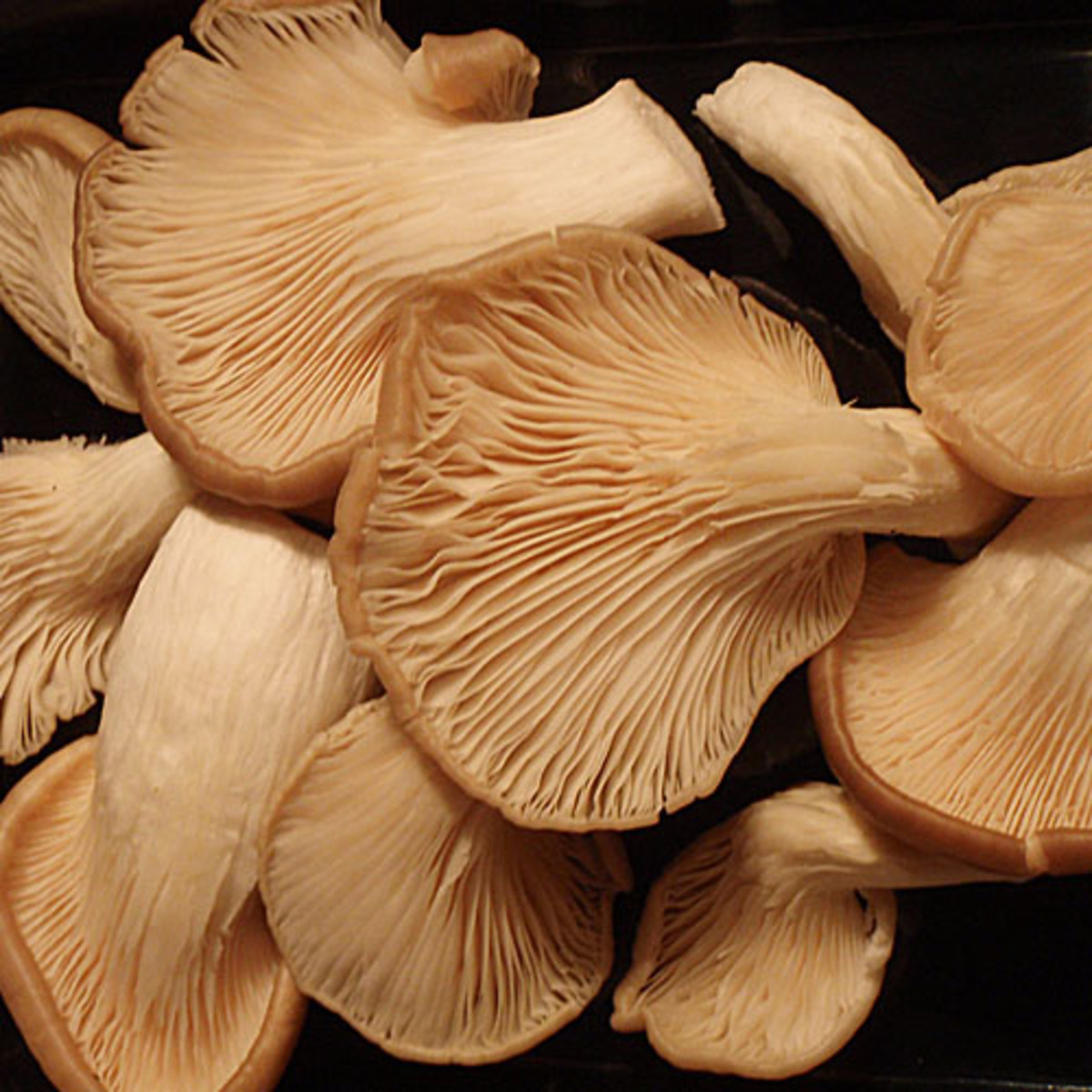Tomatoes for Health, Nutrition and Flavor
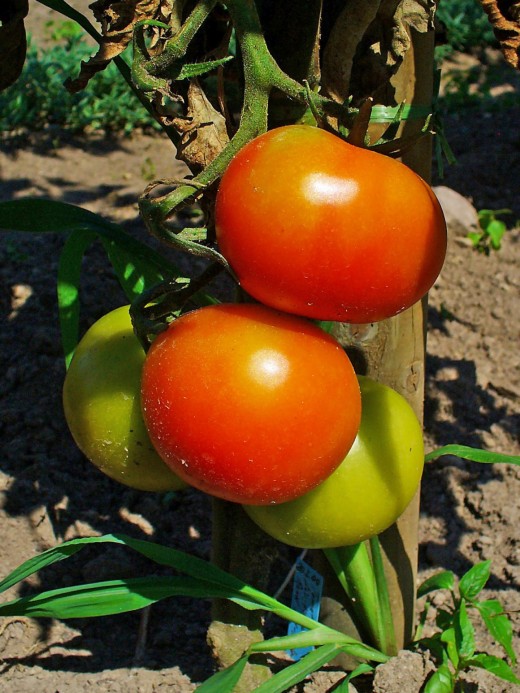
Tomato: A Versatile Vegetable...er...Fruit
Although I would never classify myself a tomato addict, I am a tomato lover. Just looking at the deep red globes can make my mouth water. I'm not the only one who enjoys this garden vegetable. It is the single most popular garden veggie in the United States.
At least it's the most popular garden plant now; it wasn't always so. During the infancy of America, the tomato was called the love apple, but was considered poisonous. As it turned out, the juices of the tomato interacted with the pewter plate-ware of the day and did create a noxious substance. You should be safe if you avoid pewter dinnerware or utensils.
Tomatoes range in size from that of a grape all the way up to single fruits that weight a pound or more. All tomatoes are not red; there are yellow, orange, pink, white, black and green varieties also.
You can eat tomatoes raw, sliced, quartered, in salads, in jams and jellies, in a variety of sauces, soups and salsas. Eat them right out of the garden, chilled or cooked. The uses for tomatoes are as endless as your imagination.
For more on whether the tomato is a fruit or vegetable, check out this hub by BlissfulWriter.
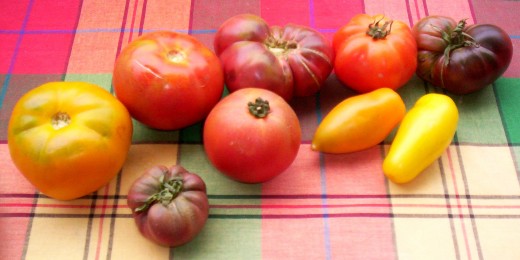
1 Medium-Sized Ripe Raw Red Tomato
Calories
| 22
|
|---|---|
Carbohydrates
| 4.8 gm
|
Protein
| 1.0 gm
|
Fiber
| 1.5 gm
|
Sodium
| 6 mg
|
Potassium
| 292 mg
|
Calcium
| 12 mg
|
Vitamin C
| 17 mg
|
Vitamin A
| 1025 IU
|
Lycopene
| 3165 mcg
|
Lipids
| Negligible
|
Nutritional Value of Tomatoes
1 Cup Tomato Sauce, Canned
Calories
| 59
|
Carbohydrates
| 13 gm
|
Protein
| 3 gm
|
Fiber
| 3.7 gm
|
Sodium
| 1284 mg
|
Potassium
| 811 mg
|
Calcium
| 32 mg
|
Vitamin C
| 17 mg
|
Vitamin A
| 54 mcg_RAE
|
Lycopene
| 34249 mcg
|
Lipids
| Negligible
|
Homemade Tomato Sauce
Fried Green Tomatoes
Green Tomato Quesadilla
Garden Fresh Homemade Tomato Soup
The Health Benefits of the Tomato
As you can see from the nutritional data provided by the National Nutrition Database, the tomato has a lot of things going for it. Low in calories, no fat, and a good source of potassium, vitamins A and C and lycopene--and fiber for good measure.
The adult recommended daily allowance (RDA) of potassium for both men and women is 4.7 gm. The tomato as a natural source of potassium ranks close to orange juice and molasses. A six ounce glass of tomato juice provides as much potassium as a banana or spinach. An adequate amount of potassium daily is associated with decreased risk of stroke, hypertension and osteoporosis.
Vitamin C, ascorbic acid, has important antioxidant effects in the body, warding off free radicals. This vitamin is important to the formation of collagen and the neurotransmitter, norepinephrine. Vitamin C aids the body in its absorption of iron. This vitamin also plays an important role in the health of the immune system.
RDA of vitamin C for adults is 90 mg for men and 75 mg for women. A tomato pales in comparison to the amount of vitamin C found in orange and grapefruits and their juices, but it is still considered to be a good natural source of the vitamin.
Vitamin A is important to the prevention of night blindness. This nutrient helps the immune system to prevent infection by maintaining the health of the mucosal linings of the nose, digestive system and bladder.
Adult men are recommended to consume 3,000 IU per day and adult women 2,333 IU daily. While the tomato contributes to that daily total, more concentrated natural sources of vitamin A include cod liver oil--and more realistically for most, sweet potatoes, canned pumpkin, butternut squash and carrots.
Lycopene is thought to be a powerful antioxidant. It is a carotenoid, a fat-soluble red pigment found in tomatoes and other fruits and vegetables. Cooked tomato products provide higher levels of lycopene than do raw tomatoes. This is because the cooking process breaks down cell walls and makes more of the nutrient available.
Although lycopene has been associated with reduced incidence of macular degeneration, cancer and heart disease, most of the studies involving the nutrient have involved tomato products. Because of this scientists cannot conclude whether it is the lycopene alone that is responsible for the health benefits.
Conclusion: If you eat tomatoes and tomato products you won't have to be concerned whether it is the lycopene or other nutrients that are providing the health benefits, because they'll all be in the same "package."
Sources
- National Nutrient Database
- Linus Pauling Institute at Oregon State University
Linus Pauling Institute at Oregon State University - lycopene - Bing Health


